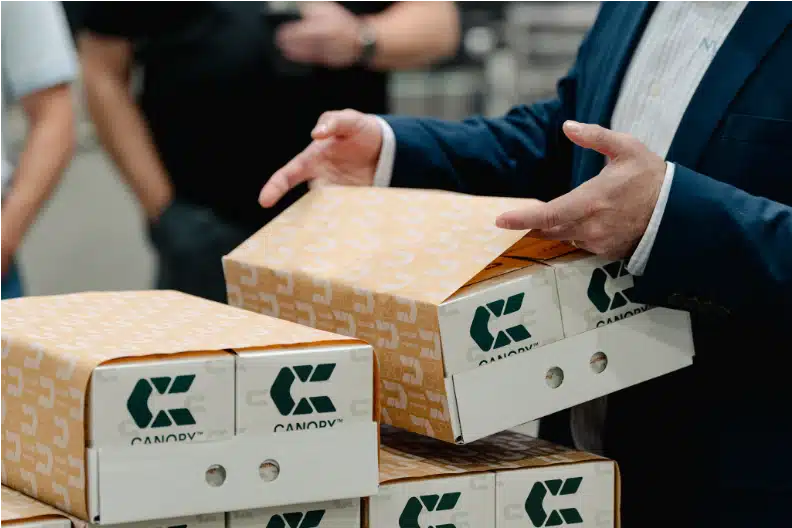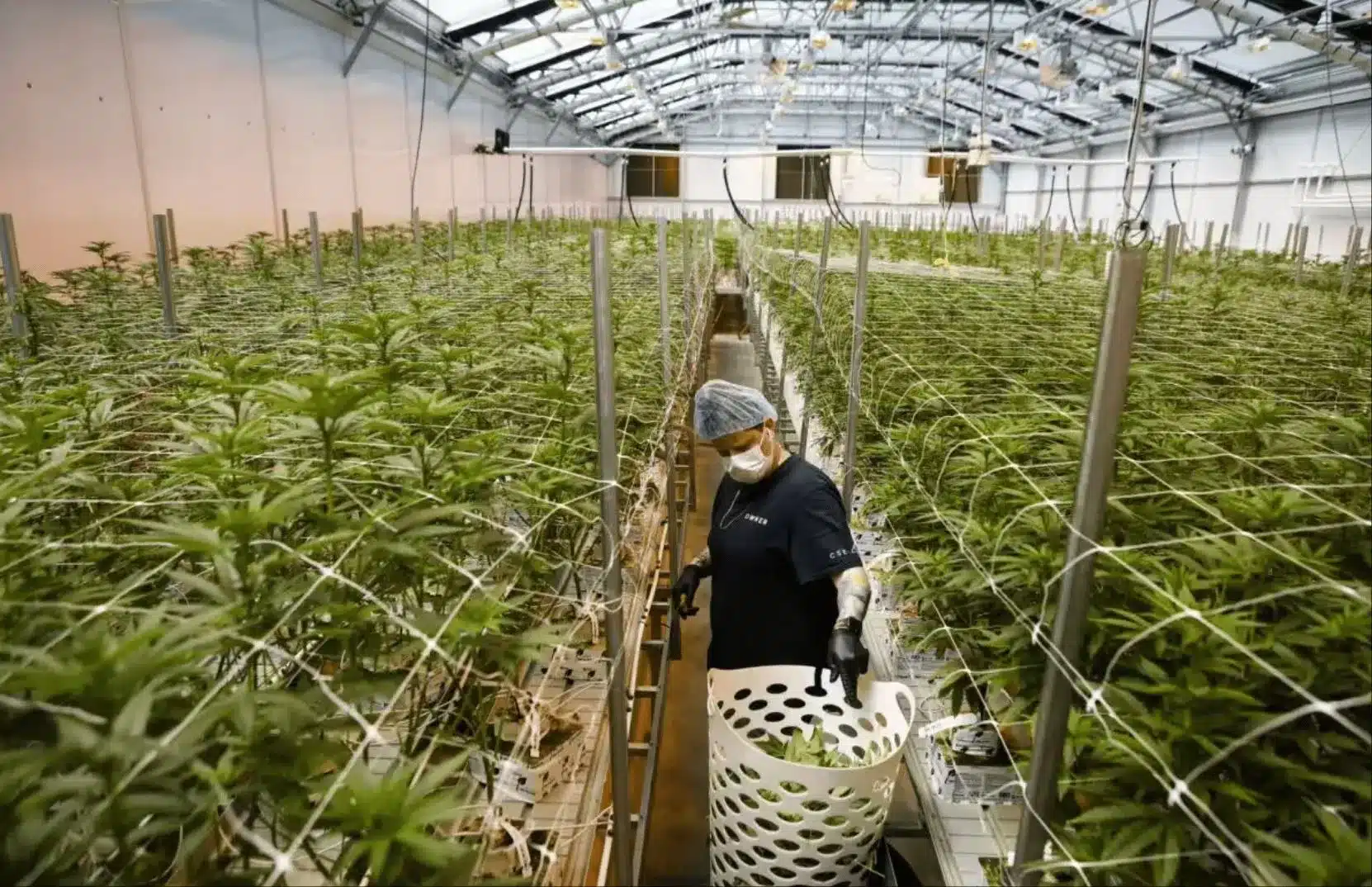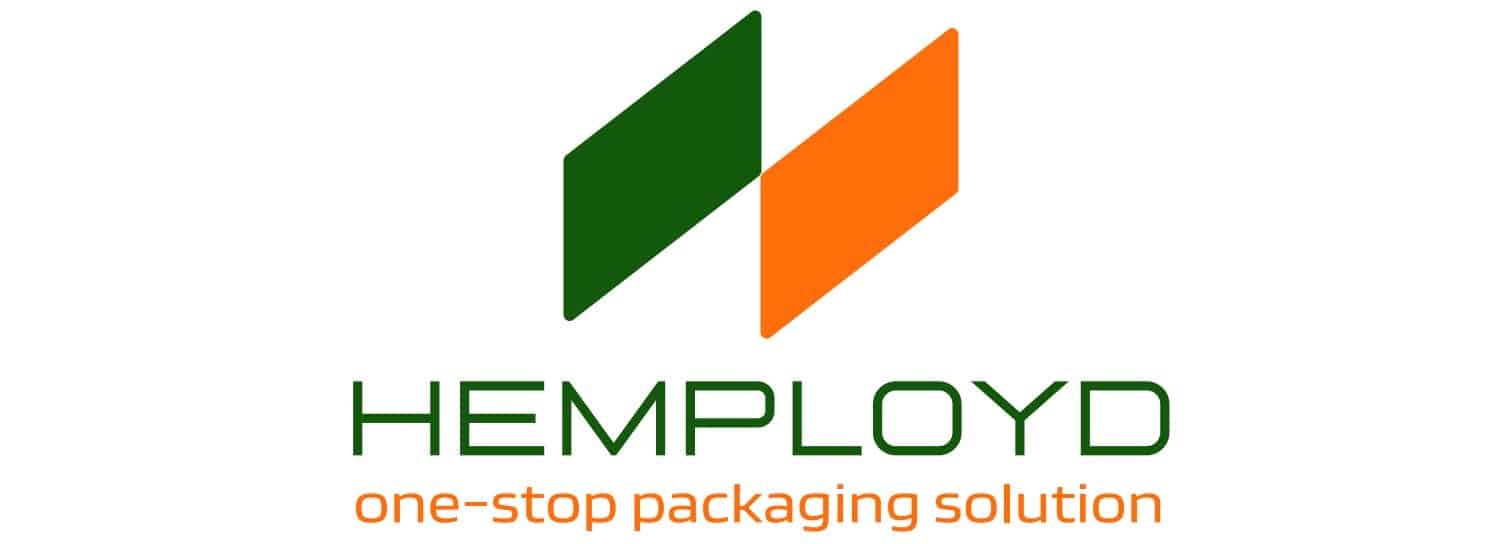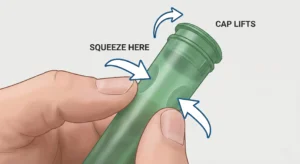
[img placehold]
You want affordable cannabis packaging—but not at the cost of quality, compliance, or timing. Many wholesale buyers weigh U.S. and Chinese manufacturers, yet struggle to make sense of the full cost equation.
Spoiler: price tags rarely tell the whole story.
Comparing U.S. and China cannabis packaging involves more than per-unit price—it includes labor, materials, compliance, shipping, lead time, and hidden costs that affect your true ROI(ROI = (Net Profit ÷ Investment Cost) × 100%).
Don’t base your supplier choice on sticker price alone. Let’s walk through how geography affects not just cost, but quality, flexibility, and long-term brand success.
This is about more than margins—it’s about building a supply chain that scales with your cannabis business. If you’re looking for a compliant and reasonably priced packaging supplier, this article will guide you through the selection process in detail.
Overview: Global Cannabis Packaging Supply Chain
You might assume that locally produced cannabis packaging is naturally the best and most cost-effective option.
But in reality, high labor costs and inadequate supply chain infrastructure in the U.S. have driven prices for some companies so high that they’re even more expensive than imports from China! Some products fail to meet quality standards.
Some might argue Vietnam offers cheaper labor. While true, this low-end workforce requires years of training to match current Chinese manufacturing quality.
Moreover, Vietnam’s electricity and logistics infrastructure fall far short of supporting massive production and export volumes. The country resembles China in the 1990s: promising potential, but still a long way from achieving low-cost compliance.
Even U.S.-based brands often import packaging components. Why? Scale, technology, and speed.

How the Global Supply Network Works
Raw materials like PET, PLA, and aluminum are often sourced and processed in Asia. From there, factories in China, Vietnam, and India turn them into finished goods—many of which are shipped to North America for labeling, kitting, or fulfillment.
China’s Dominant Role
China holds a leading position through its integrated supply chain. Take our company, Hemployd, as an example: we operate multiple hemp packaging production lines within the same facility—covering rolling, polishing, and surface treatment processes. Having invested tens of millions of dollars in machinery upfront means we can reduce intermediaries, accelerate prototyping, and help you achieve the lowest possible costs for any type of custom packaging you desire.
China’s mechanized production capabilities, coupled with the gradual replacement of manual labor, result in more precise, reliable, and cost-effective products.
Why the U.S. Still Plays a Role
While U.S. manufacturers offer faster domestic shipping and easier communication, they often import raw materials or partially finished products. Many serve niche or premium segments where “Made in USA” branding carries value.
Our company specializes in China-to-U.S. shipping routes. Our delivery times to your warehouse doorstep are no slower than those of domestic packaging companies in other U.S. states. Unless that competitor is located directly across from your warehouse, we can often deliver faster and at lower costs
| Country | Strength | Limitation |
|---|---|---|
| China | Scale, pricing, customization | Time zone, IP concerns |
| U.S. | Domestic speed, branding value | Higher labor and setup costs |
Cost Breakdown: U.S. vs. China Manufacturing
“Cheaper in China” isn’t a myth—but it’s more nuanced than that. You need to look past per-unit quotes and assess total landed costs.
Chinese cannabis packaging typically offers 30%–60% lower per-unit pricing than U.S. counterparts, due to labor, scale, and automation. But total cost depends on volume, design complexity, and shipping terms.
Let’s put numbers to it.

Raw Material Costs
China benefits from local access to raw PET, rPET, aluminum, and paperboard. U.S. factories often pay more for these, especially when importing biodegradable or specialty materials.
Labor and Automation
Wages in China are dramatically lower—about 75% less than in the U.S.—and high-volume factories rely heavily on automation. That means lower setup fees, faster production, and smaller MOQs. U.S. shops typically require longer setup cycles and higher MOQs to break even.
Unit Price Comparison (2025 Benchmarks)
| Product Type | U.S. Price/Unit | China Price/Unit | Notes |
|---|---|---|---|
| Pre-roll CR Box | $0.95–$1.50 | $0.35–$0.65 | 1,000 units MOQ |
| Vape Blister Pack | $1.20–$1.80 | $0.45–$0.75 | Custom insert included |
| Edibles Tin | $1.75–$2.25 | $0.90–$1.40 | Shipping adds $0.10–$0.25 |
[text-placehold]
Quality, Compliance, and Material Standards
Price doesn’t matter if your shipment fails compliance—or falls apart in transit. So how do U.S. and Chinese factories stack up on quality?
Top-tier Chinese manufacturers can match or exceed U.S. quality and compliance standards, especially for ASTM and PPPA child-resistant packaging—if you choose the right supplier.
Take our company, for example. In ten years, not a single order has caused a client to suffer losses due to poor product quality or non-compliant packaging. As the founder, I take immense pride in this and find it incredibly reassuring. While others engage with clients either chasing deliveries or discussing why received goods are subpar, I never face such issues.
Instead, I chat with clients about life. When I attend trade shows in Las Vegas, I drop by their homes to play UNO.
A quality supply chain never requires worry.

Material Sourcing and Consistency
Hemployd utilizes certified food-grade PET materials, FDA-compliant inks, and biodegradable options. Premium suppliers can provide Material Safety Data Sheets (MSDS) and product samples upon request. While U.S. suppliers offer comparable materials, their base costs are significantly higher. Combined with labor expenses—where the average U.S. hourly wage is approximately US$36.53 versus US$3.60 in China for highly capable workers—these costs are distributed across each box.
Certification and Testing
Whether in the U.S. or China, CR packaging must pass ASTM D3475 and PPPA 16 CFR 1700.20. Reputable Chinese suppliers provide lab certifications and pre-production samples.
Reputable Chinese suppliers can provide laboratory certifications and trial production samples. However, some newly established packaging companies lack compliance knowledge, resulting in non-compliant products and wasted time. You’ll need to establish your own inspection system. If you’re unsure how to conduct reviews, feel free to reach out anytime. As a packaging factory owner myself, I’m more than happy to assist you with this.
Visual Quality and Branding Fidelity
With modern CNC mold machining and 8-color offset printing, Chinese suppliers often match U.S. factories in detail and consistency. That said, communication errors can lead to missed specs if files aren’t carefully proofed.
| Factor | China (High-End) | U.S. Vendors |
|---|---|---|
| Material Certs | Available | Standard |
| CR Testing | On request | Always included |
| Visual QA | High | High |
| Pricing | Lower | Higher |
Shipping, Lead Time, and Minimum Order Quantities
Even the best unit price won’t help if your launch is delayed. Lead time and logistics play a huge role in total cost of ownership.
U.S. suppliers offer faster delivery but higher minimum order quantities, while Chinese suppliers have lower minimums and more competitive pricing. If you choose ocean freight, goods typically arrive at port within 30-40 days. Opting for air freight is slightly pricier, but I guarantee delivery to your warehouse doorstep within 7 days—and at a lower cost than sourcing from the U.S.
The key to balancing trade-offs lies in reaching as many suppliers as possible within your limited timeframe and requesting quotes from each. You’ll find I remain the optimal supplier. Our company never shies away from comparison—just give us a shot.
Production Lead Time
- China: 7–25 days production + 17–40 days shipping
- U.S.: 7–14 days production + 2–5 days shipping (domestic)
Express air freight from China can cut shipping to 5–7 days—but at 5x the price of sea freight.
Minimum Order Quantities (MOQs)
- China: Often as low as 1,000 units per SKU with semi-custom molds(Free samples)
- U.S.: 5,000–10,000 units per SKU is typical
Lower MOQs from China let smaller brands test packaging variations without overcommitting capital.
| Metric | China | U.S. |
|---|---|---|
| Lead Time (avg) | 25–40 days | 10–20 days |
| MOQ | ~1,000 units | ~5,000 units |
| Freight Cost (20’ container) | $1,200–$1,800 | N/A |
Hidden Costs and Value Factors to Consider
What looks affordable on paper may cost more in the long run. Packaging isn’t just a product—it’s a partnership.
In cannabis packaging, I’ve seen too many clients switch to us because their previous suppliers were unreliable. Issues include factories that don’t speak English, miscalculated delivery times, customs clearance errors leading to extra fees, and printed inks that don’t match samples, among others.
These issues can devour your profits. Choosing a reliable supplier is crucial. Take me, for example: I’ve maintained a 10-year flawless track record. My two technical printing partners enforce strict quality control, allowing my clients to relax on vacation without worrying about product issues.

Communication Gaps
Time zone delays, unclear design specs, or language barriers can cause production hiccups. Work with Chinese factories that offer fluent English support, live mockups, and responsive digital communication.
Quality Control and Rework Risk
Inconsistent QC can lead to defective batches—especially for unvetted Chinese suppliers. Jason Miller, a cannabis brand owner in Canada, lost $2,800 on a rushed shipment with poor finishing. After switching to Hemployd, which provides sample proofs and in-line inspections, he saw a 100% fulfillment rate over four orders.
Duties, Tariffs, and Delays
Depending on your region, cannabis packaging might face import taxes (especially with U.S.-China trade volatility). Always account for customs duties, broker fees, and port delays in your timeline and pricing model.
| Hidden Factor | China | U.S. |
|---|---|---|
| Customs Risk | Moderate | Low |
| QC Risk (w/ wrong supplier) | High | Low |
| Design Flexibility | High | Medium |
| Communication Needs | High | Low |
Conclusion
For cannabis packaging buyers, China offers unbeatable pricing and flexibility—if you choose a qualified, communicative supplier. U.S. vendors offer faster turnaround and domestic support, but at a premium. The best choice depends on your volume, timeline, and tolerance for complexity.
My recommendation is to calculate your warehouse storage costs and stock up your warehouse when tariffs are low.




